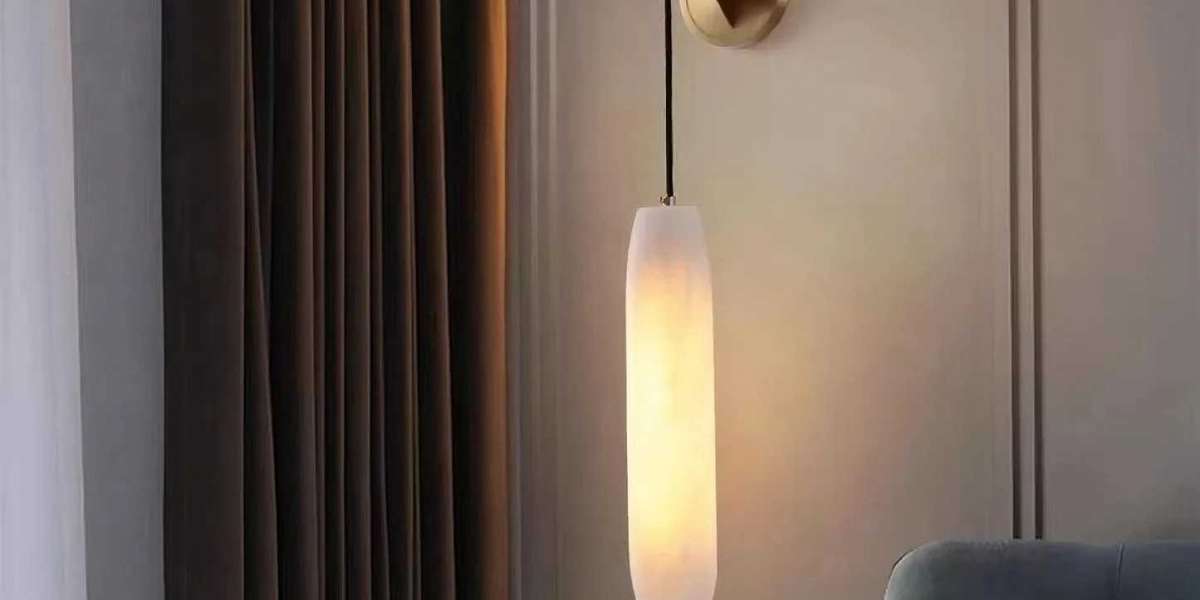Lighting design is one of the most powerful tools in interior styling. It shapes ambiance, defines spatial flow, and highlights architectural or decorative details. Among the most versatile fixtures in the designer’s toolbox are Wall Sconces and Pendant Lights. When used together, these elements create layers of light that serve both functional and aesthetic purposes. Pendant Lights bring vertical focus and dramatic presence to a space, while Wall Sconces deliver ambient or accent lighting that can enhance textures, create warmth, or frame a feature. In this designer’s guide, we explore how to combine these lighting types seamlessly for visually balanced and inviting interiors.
Understanding the Role of Wall Sconces and Pendant Lights
Wall Sconces are fixed to walls and project light either upwards, downwards, or outward. They are ideal for adding mood and supporting secondary lighting functions. Pendant Lights, on the other hand, are suspended from the ceiling and offer both task and general lighting, depending on their placement and shade style. When paired strategically, these two types of fixtures can define zones, add dimensionality, and bring artistic flair to a room. Understanding their individual purposes is the first step to achieving a cohesive lighting plan.
Creating Layers of Light
Layering light is essential in interior design. It ensures spaces are flexible and visually rich. By combining Wall Sconces with Pendant Lights, you can achieve ambient, task, and accent lighting across various heights and planes. Pendant Lights often serve as focal points in dining areas, kitchens, or entryways. Wall Sconces can complement them by offering softer illumination along walls or in corners, reducing harsh shadows and promoting balance. The key is to avoid redundancy while enhancing function and aesthetics.
Choosing Complementary Styles
Styling harmony is critical when blending different light fixtures. While Wall Sconces and Pendant Lights don’t need to be identical, they should share some design language. This can be through material, finish, shape, or overall aesthetic. For instance, a modern brass pendant can be beautifully echoed by brass sconces with clean lines. In contrast, a rustic kitchen with industrial pendant lighting would benefit from matching metal or wood-accented wall sconces. A thoughtful approach ensures that the lights feel like a curated collection rather than mismatched elements.
Balancing Scale and Proportion
Scale plays a crucial role in visual harmony. Oversized Pendant Lights in a small space can feel overwhelming unless balanced with subtle Wall Sconces. Similarly, large sconces should not compete with statement pendant fixtures. Consider the size of the room, the ceiling height, and the amount of natural light when choosing fixtures. Visual weight should be distributed evenly throughout the space to avoid a top-heavy or cluttered feel. Using light fixtures of different sizes that share a cohesive aesthetic can create an elegant interplay of form and proportion.
Strategic Placement for Functional Zones
Placement matters as much as style when mixing lighting types. Pendant Lights should highlight focal areas like kitchen islands, dining tables, or entryways. Wall Sconces can delineate passageways, accent artwork, or provide bedside reading light. In a bathroom, Pendant Lights may flank the mirror while sconces softly light the walls, ensuring both style and functionality. Thoughtful positioning of each fixture will help define zones and support the intended use of each space, making the room feel more intuitive and user-friendly.
Using Light Temperature and Intensity Wisely
Harmony isn’t just about form; it’s also about the quality of light. Pendant Lights and Wall Sconces should emit similar color temperatures to maintain consistency. Mixing warm and cool tones can disrupt the mood of the space. Likewise, dimmable features or varying bulb intensities can allow for mood adjustments throughout the day. For example, dimmed sconces in the evening can soften the atmosphere, while brighter pendant lighting can energize a morning routine. Coordinating these details ensures that the lighting design remains versatile and comfortable.
Final Thoughts on Blending Lighting Elements
Mixing Wall Sconces with Pendant Lights is a sophisticated strategy that enhances both the functionality and style of interior spaces. By understanding their roles, choosing complementary designs, maintaining scale, and strategically placing each fixture, designers can create layered lighting that transforms a room. With the right balance, these two lighting elements work together to illuminate, accentuate, and elevate your environment, delivering both comfort and visual delight.







